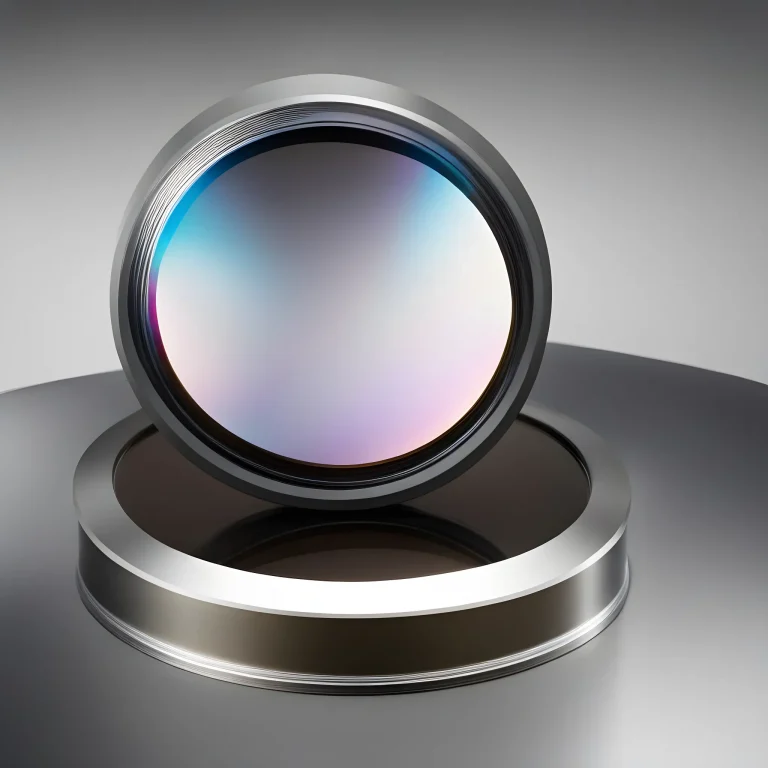How Image Rotation Prisms Work: A Comprehensive Guide
Image rotation prisms are fascinating optical devices that play a crucial role in various applications, from cameras and binoculars to periscopes and surveying equipment. These prisms are designed to rotate an image by 90 or 180 degrees, allowing users to view objects from different angles without changing their physical position. In this blog post, we will explore the science behind image rotation prisms and understand how they work.
Basic Principles of Image Rotation Prisms
Image rotation prisms primarily use two types of prisms: the Porro prism and the Amici roof prism. Each type employs a different approach to achieve image rotation:
1. Porro Prism System
The Porro prism system is a classic design known for its effectiveness in achieving image rotation. This system involves two prisms, one of which is an erecting prism, usually a total internal reflection (TIR) Porro prism. Here’s how it works:
– Entry of Light: The objective lens in optical instruments (such as binoculars) collects and refracts incoming light.
– Inverted Image: The objective lens produces an inverted image of the object being observed.
– Erecting Prism: The inverted image then enters the erecting prism, which reflects the image while maintaining its orientation (erect).
– Image Rotation: The erect image then exits the binoculars through the eyepiece, where it is magnified and presented to the viewer. The viewer perceives the image as upright and correctly oriented.
2. Amici Roof Prism System
The Amici roof prism system is commonly used in compact binoculars and cameras. It employs a different approach to achieve image rotation.
– Entry of Light: Similar to the Porro prism system, the objective lens refracts incoming light.
– Inverted Image: The objective lens creates an inverted image of the object.
– Amici Roof Prism: In this system, the Amici roof prism, also known as a “roof prism,” is used. It consists of two prisms cemented together, creating a V-shaped configuration.
– Total Internal Reflection: The light undergoes total internal reflection within the Amici roof prism. This reflection effectively flips the inverted image.
– Image Rotation: The erect image exits the optical instrument through the eyepiece, providing the viewer with an upright and correctly oriented image.
Applications of Image Rotation Prisms
Image rotation prisms are integral components in various optical instruments and applications:
- Binoculars: Image rotation prisms in binoculars ensure that users can view objects in their natural orientation.
- Cameras: Some cameras use image rotation prisms to correct the orientation of the image captured by the lens.
- Periscopes: Submarines and armored vehicles often employ image rotation prisms in their periscopes to provide operators with a clear view of their surroundings.
- Surveying Equipment: Surveying instruments use image rotation prisms to display measurements and angles in the correct orientation.
Conclusion:
Image rotation prisms are remarkable optical devices that enable us to view the world around us with ease and precision. Whether you’re enjoying the view through binoculars, capturing moments with a camera, or using specialized equipment for specific applications, the clever use of Porro and Amici roof prisms ensures that you see objects as they truly are—upright and correctly oriented. Understanding the science behind image rotation prisms enhances our appreciation for the art of optics and the technology that enriches our lives.
Important FAQs:
Q: What are image rotation prisms?
A: Image rotation prisms are optical components that rotate an image by a specific angle while maintaining its orientation.
Q: How do image rotation prisms work?
A: Image rotation prisms utilize total internal reflection to redirect light rays, causing the image to rotate as it passes through the prism.
Q: What are the common applications of image rotation prisms?
A: Image rotation prisms are used in various optical systems, including cameras, binoculars, and periscopes, to correct image orientation or achieve specific viewing angles.
Q: Can image rotation prisms be customized for different rotation angles?
A: Yes, image rotation prisms can be designed and manufactured to achieve specific rotation angles based on the application requirements.
Q: Do image rotation prisms introduce optical distortions or aberrations?
A: Well-designed image rotation prisms minimize optical distortions and aberrations, ensuring high-quality image rotation without compromising image clarity.
Q: Are image rotation prisms compatible with different optical wavelengths?
A: Yes, image rotation prisms can be designed to work across a wide range of optical wavelengths, making them suitable for use in various optical systems.
Q: How do image rotation prisms differ from other optical components like mirrors or lenses?
A: Image rotation prisms offer precise control over image rotation without the need for complex mechanical adjustments, unlike mirrors or lenses, which may require additional alignment.
Q: Can image rotation prisms be used in both visible and non-visible light applications?
A: Yes, image rotation prisms can be designed to work with both visible and non-visible wavelengths of light, providing flexibility for different imaging and optical systems.
Thank you for exploring our comprehensive guide on how image rotation prisms work. We hope you found the information helpful and insightful. If you have any further questions or topics you’d like us to cover, please feel free to reach out. Stay tuned for more informative content!








